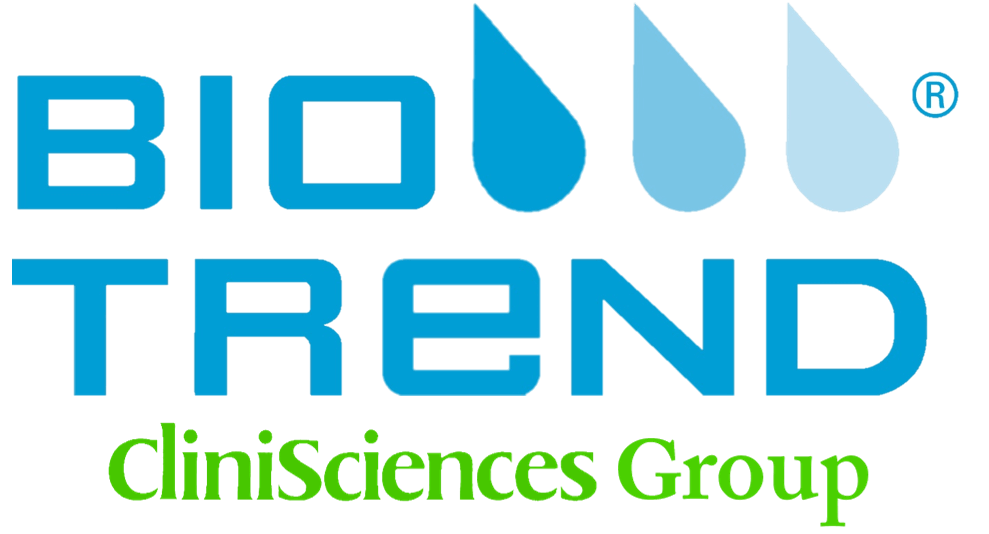Anti-gp100 (95kD melanocyte-specific Secreted GlycoProtein, M-beta, Melanocyte lineage specific antigen GP100, Melanocyte Protein Pmel 17, Melanoma Associated ME20 antigen, Melanosomal matrix Protein17, p100, p26, PMEL17, Premelanosome Protein, Secreted melanoma-Associated ME20 antigen, SILV, Silver Homolog, Melanosome) (FITC) Monoclonal Antibody
Katalog-Nummer 172101-AF-FITC-100ul
Size : 100ul
Marke : US Biological
172101-AF-FITC gp100 (95kD melanocyte-specific Secreted GlycoProtein, M-beta, Melanocyte lineage specific antigen GP100, Melanocyte Protein Pmel 17, Melanoma Associated ME20 antigen, Melanosomal matrix Protein17, p100, p26, PMEL17, Premelanosome Protein, Secreted melanoma-Associated ME20 antigen, SILV, Silver Homolog, Melanosome) (FITC)
Clone Type
PolyclonalHost
mouseSource
humanSwiss Prot
P40967 (Human)Isotype
IgG1,kGrade
Affinity PurifiedApplications
FLISA IF IHC IP WBCrossreactivity
HuShipping Temp
Blue IceStorage Temp
-20°CBy immunohistochemistry, it specifically recognizes a protein in melanocytes and melanomas. This MAb reacts with junctional and blue nevus cells and variably with fetal and neonatal melanocytes. Intradermal nevi, normal adult melanocytes, and non-melanocytic cells are negative. It does not stain tumor cells of epithelial, lymphoid, glial, or mesenchymal origin. Metastatic amelanotic melanoma can often be confused with a variety of poorly differentiated carcinomas, large cell lymphomas, and sarcomas using H & E stains alone. It is also difficult to differentiate melanoma from spindle cell carcinomas and various types of mesenchymal neoplasms. Anti-HMB-45 stains fetal and neonatal melanocytes, junctional and blue nevus cells, and malignant melanoma. This MAb also stains Angiomyolipoma (PEComa).||Applications: |Suitable for use in Immunofluorescence, Flow Cytometry (Not Tested), FLISA, Western Blot, Immunoprecipitation, Immunohistochemistry. Other applications not tested.||Recommended Dilution:|Flow Cytometry (Not Tested): 0.5-1ug/million cells |Immunofluorescence: 0.5-1ug/ml |Western Blot: 0.5-1.0ug/ml|Immunoprecipitation: 0.5-1µg/500ug protein lysate|Immunohistochemistry (Frozen & Formalin-fixed): 0.5-1.0ug/ml for 30 minutes at RT|(Staining of formalin-fixed tissues requires boiling tissue sections in 10mM citrate buffer, pH 6.0, for 10-20 min followed by cooling at RT for 20 minutes)|Optimal dilution for a specific application should be determined.||Positive Control:|SK-MEL-28 cells or Melanoma||Storage and Stability:|Store product at 4°C if to be used immediately within two weeks. For long-term storage, aliquot to avoid repeated freezing and thawing and store at -20°C. Aliquots are stable at -20°C for 12 months after receipt. Dilute required amount only prior to immediate use. Further dilutions can be made in assay buffer. |Caution: FITC conjugates are sensitive to light. For maximum recovery of product, centrifuge the original vial after thawing and prior to removing the cap.||Note: Applications are based on unconjugated antibody.



